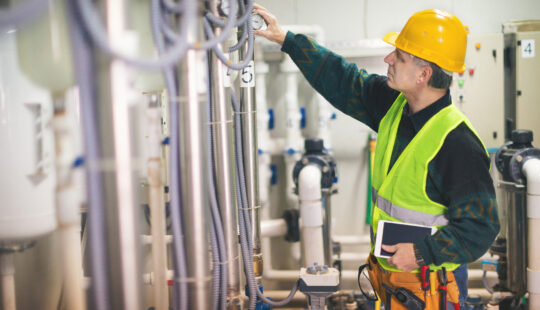What’s News
Earlier this week, three leaks from two Nord Stream AG undersea pipes, originally built to transport Russian gas to Germany, massively polluted the Baltic Sea. A fourth was discovered Thursday. The pipeline network has been the focus of an energy battle between Russia and its European clients over the war in Ukraine. The pipelines were not actively delivering gas but could take months to repair. NATO on Thursday called the leaks an act of sabotage.
SAP’s Take
Europe faces a severe shortage of energy that will be needed this winter to heat homes and run businesses. But as an alternative provider of energy to Europe, the U.S. gas and oil industry has seen drillable sites and license reduced. Still, there is an opportunity to wring out as much energy as possible from existing sites.
“The oil and gas sector is ramping up both in exploration where they’re allowed and in production and refinery activity,” said Richard Primm III, vice president of sales for SAP’s North American South market unit. “I see them spending significant amounts of capital over the next several quarters to increase U.S. production capacity.”
Much of the energy sector’s budget will be targeted at getting the most out of existing operations.
“What producers are thinking about right now is: ‘From a drilling perspective, how do we get the most out of that production as possible?’” Primm said. “How do we apply science and technology to our refining methodology to get the highest yield as possible, and then how do we monitor the vehicles that transport that gas? How do we apply that capital that we would otherwise spend an exploration?”
The answer is technology, which also is being applied to U.S. fracking operations — to lower the cost of laterally finding pools of natural gas. By using sensors, producers have reduced the number of vertical wells needed. “We’ve gotten really good at being able to extend those wells horizontally, not just vertically into the ground,” Primm said.
Much of fracking occurs on private land already permitted and without the need for licenses.
“So, if there’s a well that’s fracking right now, they are getting better and better at horizontally moving from oilfield to oilfield underground by using seismic technology and quite a few other methods, so that they don’t have to increase the number of wells that they have,” Primm said.
All told, capital is being deployed to wring out the oil and gas from existing wells and transporting it with the least loss as possible.
“We’re applying technology to increase efficiency as much as possible,” Primm said. “So, in the absence of availability to explore more for alternative sources underground, we’re applying capital that we would otherwise spend on exploration.”
Since taking office in January 2021, President Biden, in a series of orders, reduced drilling on federal land. Some license freezes were reversed under the U.S. Inflation Reduction Act, which called for new oil and gas sales off the coast of Alaska and in the Gulf of Mexico. But those new operations won’t exist in time to boost production over the next few months and U.S. contribution is not expected to make a great difference to allay Europe’s suffering this winter.
“We can’t replace it,” Primm said. “We can’t produce enough.”
Contact:
Ilaina Jonas, Senior Director of Global Public Relations, SAP
+1 (646) 923-2834, ilaina.jonas@sap.com



